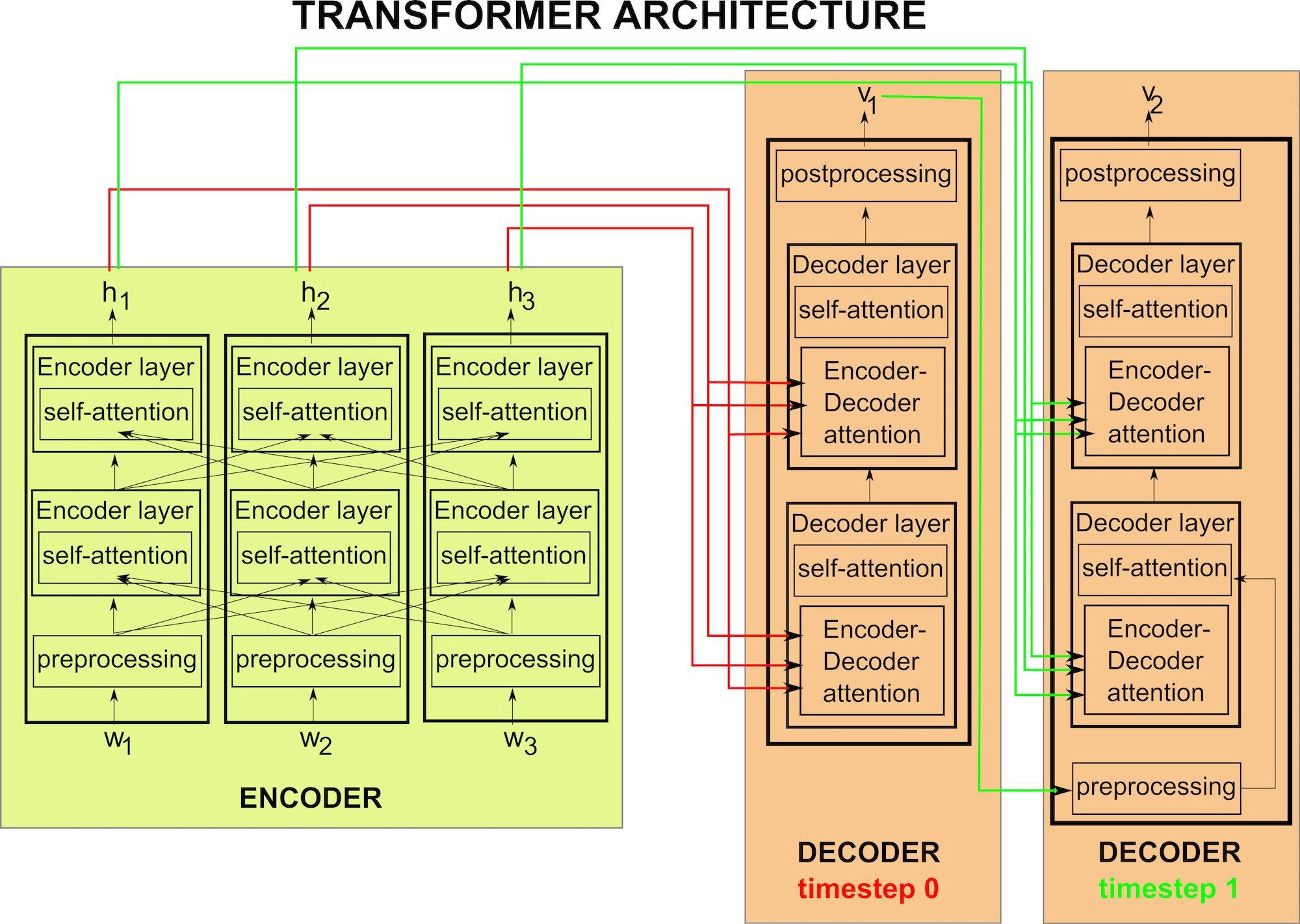Unveiling the Evolution: Exploring New AI Techniques
Title: Unveiling the Evolution: Exploring New AI Techniques
In the realm of technology, evolution is a constant. Artificial Intelligence (AI), in particular, is a field that perpetually pushes the boundaries of innovation. From its inception, AI has undergone remarkable transformations, with researchers continually devising new techniques to enhance its capabilities. As we embark on a journey into the future, it's imperative to shed light on the latest advancements reshaping the landscape of AI.
Reinforcement Learning: Paving the Way for Autonomous Systems
Reinforcement Learning (RL) stands at the forefront of new AI techniques, revolutionizing how machines learn to make decisions. Unlike traditional supervised learning, where algorithms are trained on labeled data, RL enables agents to learn through trial and error, interacting with their environment to achieve specified goals. This paradigm shift has paved the way for the development of autonomous systems capable of mastering complex tasks, from playing games to controlling robots in real-world scenarios.
Recent breakthroughs in RL, such as Deep Q-Networks (DQN) and Proximal Policy Optimization (PPO), have propelled its application across various domains. From optimizing resource management in industries to enhancing healthcare delivery through personalized treatment recommendations, RL holds immense potential to drive innovation and efficiency in diverse sectors.
Generative Adversarial Networks: Redefining Creativity in AI
Generative Adversarial Networks (GANs) represent another groundbreaking advancement in AI, offering a novel approach to generating synthetic data with unprecedented realism. Consisting of two neural networks—the generator and the discriminator—GANs engage in a competitive game where the generator learns to produce data that is indistinguishable from authentic samples, while the discriminator aims to differentiate between real and fake data.
The applications of GANs span across various domains, including computer vision, natural language processing, and creative arts. From generating photorealistic images to synthesizing human-like speech, GANs have unlocked new frontiers in creativity and content generation. Moreover, GANs have proven instrumental in addressing data scarcity issues, enabling researchers to augment datasets and facilitate robust training of AI models.
Federated Learning: Democratizing AI with Privacy Preservation
In an era dominated by concerns over data privacy and security, Federated Learning has emerged as a pioneering technique for training AI models across decentralized edge devices while preserving user privacy. Unlike conventional centralized approaches, where data is aggregated into a single repository for training, Federated Learning enables model training directly on user devices, with only aggregated model updates shared with a central server.
By decentralizing the training process, Federated Learning mitigates privacy risks associated with sharing sensitive data, empowering users to retain control over their personal information. This paradigm shift not only enhances privacy but also fosters inclusivity by enabling participation from diverse and geographically dispersed user populations.
Transformer Architectures: Empowering Natural Language Understanding
The advent of Transformer architectures has revolutionized natural language processing, enabling machines to understand and generate human-like text with unprecedented accuracy and fluency. Unlike recurrent neural networks (RNNs) and convolutional neural networks (CNNs), which suffer from limitations in capturing long-range dependencies, Transformers leverage self-attention mechanisms to process input sequences in parallel, making them highly effective for modeling sequential data.
Transformer-based models, such as BERT (Bidirectional Encoder Representations from Transformers) and GPT (Generative Pre-trained Transformer), have set new benchmarks in language understanding and generation tasks. From improving chatbots and virtual assistants to enabling more nuanced sentiment analysis and language translation, Transformer architectures have ushered in a new era of natural language processing capabilities.
Conclusion: Navigating the Frontier of AI Innovation
In conclusion, the landscape of AI is constantly evolving, driven by a relentless pursuit of innovation and discovery. The emergence of new techniques, such as Reinforcement Learning, Generative Adversarial Networks, Federated Learning, and Transformer architectures, signifies a paradigm shift in how machines perceive, learn, and interact with the world.
As we navigate the frontier of AI innovation, it's essential to harness these advancements responsibly, ensuring that they serve the collective good and uphold ethical principles. By leveraging the power of AI for positive societal impact, we can unlock boundless opportunities for progress and usher in a future where intelligent machines augment human capabilities and pave the way for a more prosperous and inclusive world.






Comments
Post a Comment